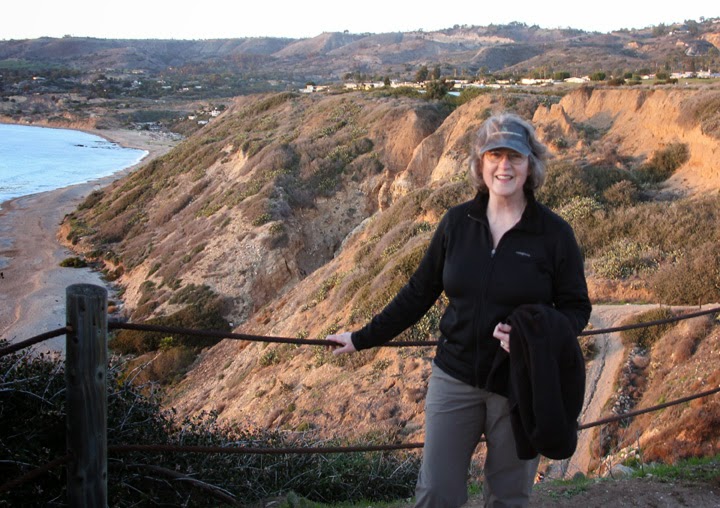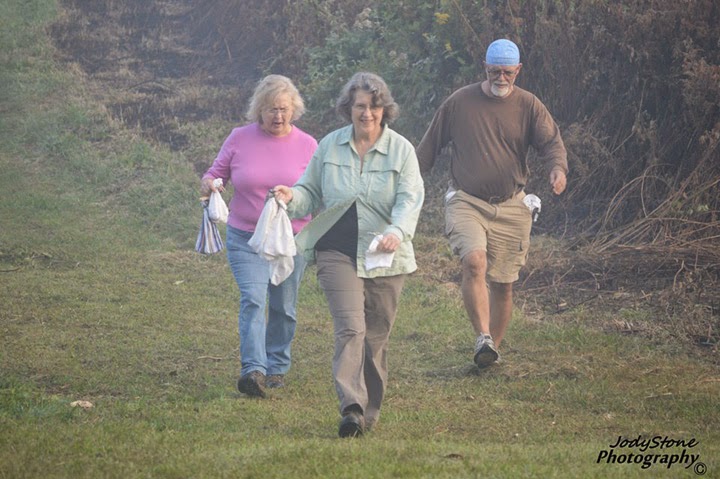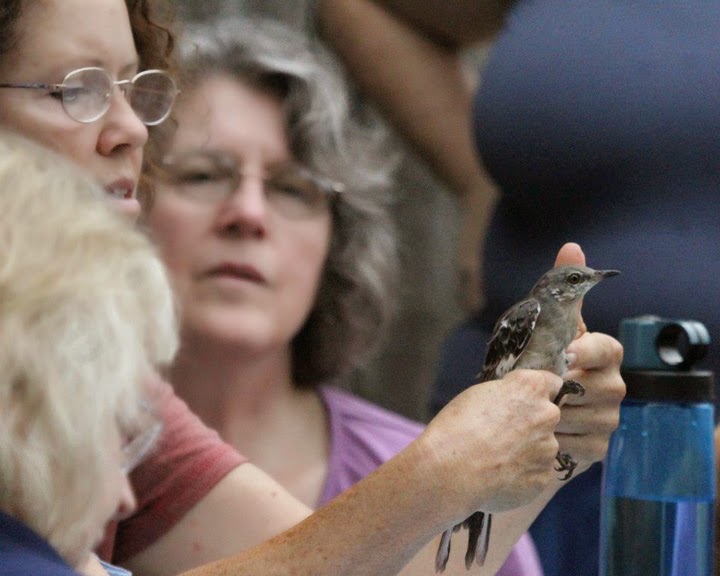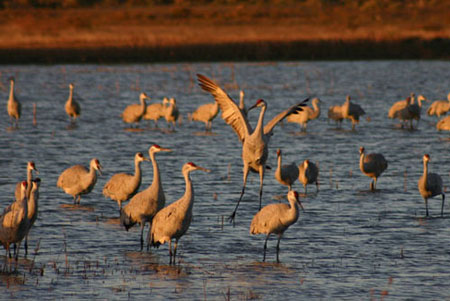Watercolor by Vickie Henderson
Sandhill crane defining territory with aggression display on feeding grounds
Sandhill crane defining territory with aggression display on feeding grounds
Earlier this morning, I left a comment on a blog post at 10,000 Birds, authored by friend, Julie Zickefoose, revered naturalist, author, artist, nature blogger and NPR commentator. In her post she addresses the issue of sandhill crane hunting proposals developed by Tennessee, Kentucky and Wisconsin and brings into question the "non-essential, experimental population" designation for the reintroduced whooping cranes in the east. She also presents some excellent photographs showing the whooping crane and sandhill crane and how difficult it can be to distinguish these two species under certain conditions. (A link to this post is provided below.)
My comment to her post reads as follows:
"Wonderful, heartfelt and enlightening post, Julie. Thank you so much for drawing attention to the petition site. The "non-essential experimental" designation for whooping cranes in the east is squarely related to the hunting of sandhill cranes. These proposals to hunt sandhill cranes in the east have been perking for many years as the population began to recover and sandhill cranes became more plentiful. More than ten years ago, when permissions were negotiated for all the flyway states expected to be used by the ultralight migration project, as well as surrounding states, all of the wildlife management organizations in these states were contacted for permission and partnership. Their willingness to give permission to the project and to cooperate was contingent on this designation. The reason? The presence of whooping cranes could not interfere with hunting, particularly the potential for sandhill crane hunting.
I have always supported our wildlife management organizations for the hard work they do and for their dedication to wildlife protection. But I do think this issue of hunting sandhill cranes goes beyond the right to hunt. It brings to question the purpose of wildlife management. Is the purpose finding new hunting opportunities? Or is the mandate to protect the welfare and habitat of our state's wildlife?
I know the wording of every wildlife management agency's mission will vary, but I feel confident that serving all the state's citizens fits in there somewhere."
Fearing that my comment might evolve into blog-post-size if I continued, I decided to stop there. But I want to add a few more comments here about the eastern sandhill crane hunt issue.
Photograph by Charlie Corbeil with permission
These are some of the questions bothering me, along with the fact that I don't want to see sandhill cranes hunted in the east. Besides all the discussions about history and ecology, here we are, at this point in history, arbitrarily targeting a new species for hunting in the eastern states when sandhill cranes have not been hunted here since the advent of hunting regulations, nor in my life-time, nor in the life-time of many generations before me. So the question remains, why now?
All arguments tend to center on "biology", not the biology of the species, but the biology of numbers--the population can sustain a hunt. Arguments branch into funding, the entitlements of hunters, that the species is considered a game species in the central and western states, that you can hunt a bird on one track of land at the same time it is being viewed with binoculars and scopes a few miles down the road, and on and on. But when you sum up all these arguments, what this issue really comes down to is ethics, personal ethics and the ethics of wildlife management. And these ethics are not being adequately addressed by either the Flyway Councils or our Wildlife Management Organizations.
I must insert here, that I have high regard for the aforementioned agencies. Their hard work, dedication, their very existence represents something that I will always respect and appreciate for the many years of progress our country has made in the protection and enhancement of wildlife species and their habitat. And I also have respect and regard for the hunters who have a great love for wildlife, respect regulations and who have contributed many dollars to the protection of wildlife and habitat. That being said, we disagree on this issue of hunting sandhill cranes.
What are the views of the people in the eastern states? What makes sense for the Eastern Population of Sandhill Cranes? What are the evolving ethics of our world today on revering and protecting wildlife? How do we make a decision about whether hunting a species happens or not? My personal conservation ethic says that sandhill cranes and their well-being come first, that there is much to learn by watching this population recover without human interference, and that we can benefit from waiting to see what happens as this population meets the limitations of eastern habitat.
Photograph by Charlie Corbeil with permission.
My understanding from the ecological research provided by the International Crane Foundation is that sandhill cranes will not nest if habitat is not optimal. That really makes the notion that the population will continue increasing a far stretch. We have limited wetlands, limited grasslands and waste grain fields adjacent to wetlands, limited wild places far enough from people that provide optimal nesting territories for these birds--considerably less than that available in the central and western states. Why aren't we waiting to see just exactly what happens to this population in the balance of nature as it exists in the 21st century?
Compare what happened to North America's whooping crane to the recovery of the Eastern Population of sandhill cranes. Because of its sensitive nature, specialized ecology and particular vulnerability to human presence and the alteration of habitat, two countries have poured untold resources into whooping crane recovery over the decades. And the battle to safe-guard this species is far from over. Everyday something new is being learned that threatens the survival of this species. Greater Sandhill cranes, on the other hand, provide a different story, one that we can also learn lessons from.
Two fortuitous changes came together to halt the decline of this population--an end to hunting sandhill cranes and the conservation of wetlands. The rest of the sandhill crane recovery story belongs to the species itself. Sandhill cranes are a resilient and adaptive species, a characteristic that was not known about them until the population began to recover. What else can we learn?
We can now see and hear these magnificent birds in the east once again, when for decades they were silent. Many states and provinces are enjoying newly developing breeding populations for the first time in recorded history. Why would we even consider hunting them now when there is so much yet to gain by watching their natural recovery?
Related Links:
Julie Zickefoose's blog post on 10,000 Birds: The Nonessential Whooping Crane
The Kentucky Coalition for Sandhill Cranes. Please send letters to all of the members of Kentucky's Commission.
A special thank you to Charlie Corbeil for permission to post his beautiful images. Please visit his gallery at Charlie Corbeil Photography
Related posts on this blog:
Kentucky Sandhill Crane Hunt Proposal--Act Now!
A New Plan for Eastern Sandhill Cranes
A Tribute to Sandhill Cranes in Tennessee
Greater Sandhill Cranes--An Intimate View of Family Life
Sandhill Crane Hunting in Tennessee? Multiple Factors say, No!






















